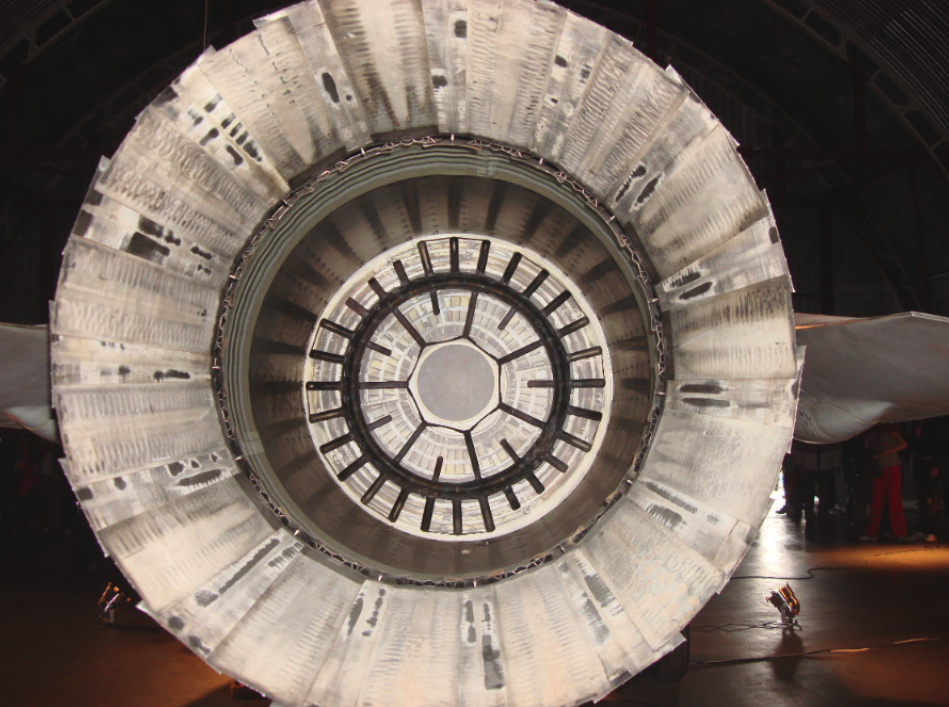Kraków 2017-01-12
More turbojets.
Pratt & Whitney F-100. 1970 year.
The Pratt & Whitney F-100 engine used in the F-15 and F-16 aircraft was a great success in military aviation. In 1962, the research and development work of the USAF and NAVA were merged. The goal was to cut costs. As a result, in 1967, USAF and NAVY issued joint requirements for a new engine for the F-14 and F-15 aircraft. The connected program was called ATEGG (Advanced Turbine Engine Gas Generator). The main goal was to achieve a thrust-to-weight ratio of 9: 1. Pratt & Whitney has presented two designs F100 and F401. In 1970, NAVY withdrew from its stake and stayed with the TF30 engine. The contract for the Pratt & Whitney F100 engine (factory designation JTF22) was signed in 1970.
After ground tests, the Pratt & Whitney F100-PW-100 engine (106.4 kN thrust) was mounted on a prototype of the F-15 multi-role aircraft. Due to the use of modern technologies, the engine had childhood diseases that were removed in the F100-PW-220 model. In the meantime, the F100-PW-200 engine was developed for the single-engine F-16 fighter. Mass production of the F-15 and F-16 aircraft made the production of the F100-PW-220 engines very profitable.
An alternative to the Pratt & Whitney F100-PW-220 engine is the General Electric F110-GE engine.
Specifications of the Pratt & Whitney F100-PW-220 engine: length 4.90 m, max diameter 1.18 m, and most lengths the diameter is 0.88 m, weight 1,467 kg. The two-flow ratio is 0.63: 1. Annular combustion chamber. Thrust 6.49 kN without afterburning and 105.7 kN with afterburning. The compressor compression is 25: 1 and it was an excellent result. The thrust-to-weight ratio is 7.4: 1, which means the 9: 1 planned was not achieved.
Militaries in the US and Western Europe consistently adhered to the low two-flow ratio because this guaranteed low frontal drag and allowed supersonic flight.
Written by Karol Placha Hetman

